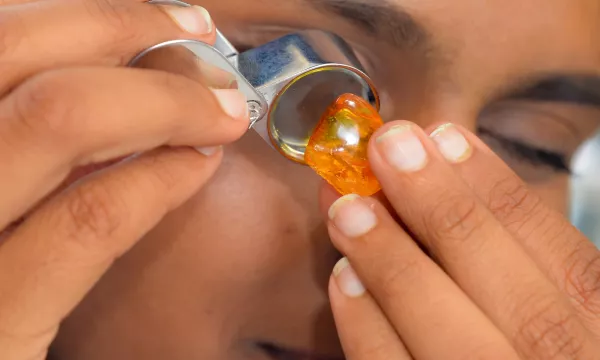
Fossils & Evolution
Travel back in time to discover what rocks and fossils can tell us about the history of life on Earth.
Recommended for: KS2 (7-11) | KS3 (11-14)
Allergens
Workshop

Travel back in time to discover what rocks and fossils can tell us about the history of life on Earth.
Allergens
Workshop